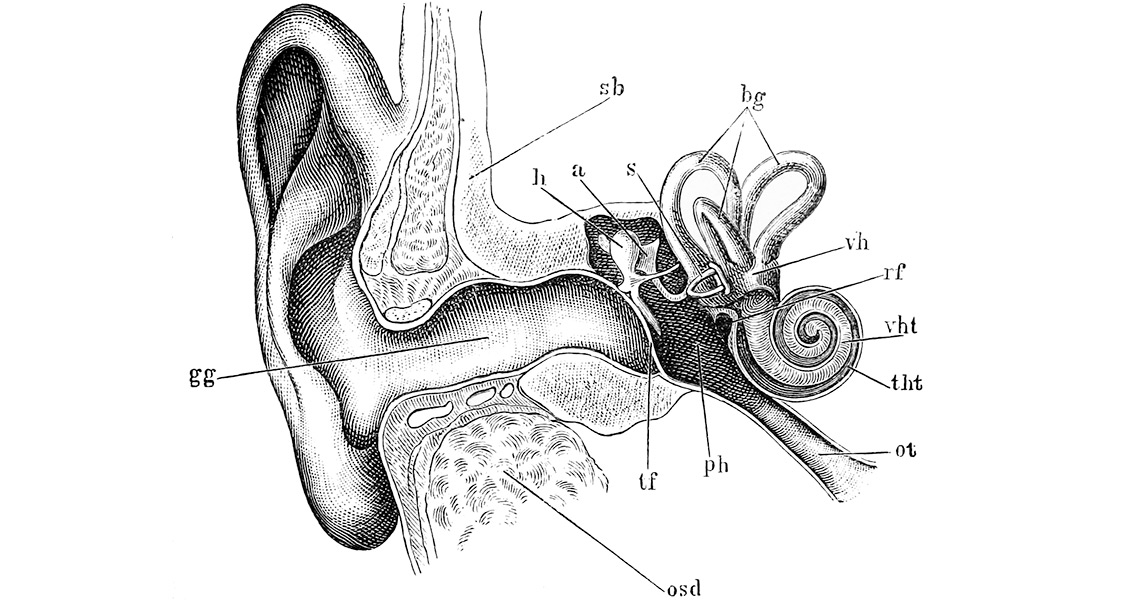<![CDATA[A recently published research study has revealed new information on the evolution of one of the ear bones in the distant early ancestors of the mammals that walk the Earth today – mammals that include humans. Creatures classified as cynodonts (or “dog-teeth” in Latin) once roamed the Earth during the Triassic. While these animals were closer to reptilian than mammalian, they possessed physical characteristics that showed the beginnings of the development of mammals – and it is believed that some of these cynodonts, which were four-legged creatures with long tails, may have possessed whiskers and fur coats even as they retained some characteristics of cold-blooded animals as well. Thanks to the evolutionary links that modern mammals have to cynodonts, humans are technically a member of this subgroup as well – as is evidenced by the pointy canine teeth we all have in our own mouths. The new research study into early cynodonts, conducted by Professor Fernando Abdala and Dr. Leandro Gaetano from the Evolutionary Studies Institute of the University of the Witwatersrand, focused exclusively on a small bone within the inner ear known as the stapes, one particular ear bone that is present in a majority of humans and other mammals. The stapes, which gets its name from the Latin word for a saddle stirrup, bears a passing resemblance to the piece of equestrian equipment in most modern mammals; the two scientists charted the shape of the stapes in early cynodonts, which is more reminiscent of an oblong, before comparing these bones to the ones found in younger specimens that exist in the fossil record. The researchers then examined these early stapes and compared their size, shape and function to modern examples from today’s mammal species. In a press release from the scientists, they explained how the stapes had not been subjected to much study in the past, with previous research simply assuming that there was little variation between early cyndodont specimens when it came down to the inner ear bone. However, Dr. Gaetano and Prof. Abdala found that the morphology of the stapes in early cynodonts had noticeable variations over time, indicating the possibility of evolutionary adaptations taking place in cynodont ear development. As this new research study is just one part of a more overarching series of studies, the scientists have yet to determine if the differently shaped and positioned stapes bones in early cynodonts led to variations in the ability of these species to hear and process sounds. While the implications for such variations exist thanks to the discovery of the evolutionary morphology of the ear bone, it won’t be until the scientists can conduct additional research into these differences that more conclusive results can be reached. For more information: www.journals.plos.org ]]>
Evolution of Early Mammal Ancestor’s Ear Bone Revealed
